Every year in the UK, around 200,000 sows give birth while confined in farrowing crates — barred metal enclosures so narrow they cannot turn around, stretch, or properly nuzzle their piglets. They remain locked in these conditions for up to five weeks at a time, through labour, feeding and weaning. Though once seen as a necessary compromise between welfare and productivity, the crates are increasingly difficult to defend.
This week Parliament debated an e-petition signed by over 100,000 people calling for an end to cages and crates in UK farming. The discussion exposed the deep divide between public expectations, scientific evidence, and political caution. “These mothers are being treated like machines,” said Labour MP Ruth Cadbury. “We would never treat dogs or cats like this.” Across the benches, there was widespread discomfort with the ongoing use of farrowing crates. Yet the government declined to commit to a timeline for phasing them out, instead stating that any changes must “balance animal welfare, producer viability, and our food security.”
Scientific consensus is shifting
The argument made by both government and industry is that banning crates could increase piglet deaths by removing a proven tool to prevent crushing. Yet this risk is not so clear-cut. A major meta-analysis comparing crate and pen systems found that while piglet mortality was marginally lower in crates overall — largely due to reduced crushing — enriched, well-managed free-farrowing pens achieved similar outcomes. Some studies even suggest that stillbirth rates are higher in crates due to stress and restricted movement during labour. The Scottish Agricultural College has shown that, with pen sizes of 5.5 to 7 square metres and appropriate training, free systems can match crate performance.
The British Veterinary Association, alongside the Pig Veterinary Society, supports a time-bound transition — proposing a 15-year phase-out with an immediate ban on installing new conventional crates. Their position reflects a growing consensus that the ethical cost of confining highly sentient animals in such conditions is no longer acceptable. Compassion in World Farming goes further, calling for urgent action and a transition plan backed by government funding, retailer engagement, and clear market incentives.
Producers, however, warn that the scale and speed of change matters. The National Pig Association estimates that adapting to crate-free systems would cost farmers between £3,500 and £8,000 per pen. They argue that without long-term contracts, planning support, and meaningful investment, many pig farmers — already facing low margins and high volatility — would be forced out of the sector. A recent survey by the association suggested that nearly half of indoor pig producers would exit the industry if a ban were introduced within a decade.
At the heart of this stand-off is a striking imbalance of power. The cost to transition all 200,000 farrowing pens in the UK is estimated at £1.2 billion — a considerable sum for farmers, but a fraction of the profits made by the retailers who buy and sell their pork. Tesco alone made more than £2.3 billion in pre-tax profit in 2023. Sainsbury’s and Asda also report margins of over £1 billion annually. The actual cost of a transition spread over 10 years equates to less than £2 per person per year in the UK — and that’s if the public paid. If the big five supermarkets covered it through premiums, contracts or direct investment, it would barely dent their bottom lines.
Imports could undermine reform
There is also a serious risk of undermining any domestic reforms through cheap imports. The government’s own research notes that over 80% of countries the UK trades with have lower animal welfare standards than Britain. Without tariffs, labelling, or minimum import standards, any move away from crates risks being undercut by crate-farmed pork from overseas. The EU is exploring legal pathways to defend welfare-based import rules at the World Trade Organization, citing public morality and animal welfare as legitimate concerns. Switzerland, which banned farrowing crates years ago, faced a flood of low-welfare imports until it introduced mandatory origin labelling and higher import standards. If the UK fails to do the same, British farmers could be punished for doing the right thing.
Consumers, however, have made their views clear. Surveys consistently show that the public wants higher welfare and is willing to pay for it. In a recent poll, 78% of respondents said they would pay more for crate-free pork. And in many cases, they already are — believing that UK welfare standards are higher than they actually are. The reality is that crate use is widespread, yet largely invisible. Unlike eggs, pork packaging rarely tells consumers whether the meat they’re buying came from crated animals.
In the absence of transparency, reform is sluggish. Voluntary schemes meanwhile have failed to bring significant change. Without legal deadlines, funding commitments and retailer accountability, the crates will stay. This is not because better systems don’t exist — they do — but because the current ones are cheaper and easier for those at the top of the supply chain.
If Tesco and its peers used just a fraction of their pork profits, every crated sow in Britain could be freed — and consumers wouldn’t feel a thing. The money is there. What’s missing is moral resolve.
This isn’t simply a question of policy or profitability. It’s a question of what kind of farming system we want to defend. A system that cages mothers while profits flow upwards to mega-corporations is one that has lost its moral compass. If we are serious about animal welfare, about transparency, about fairness for farmers, then crates must go. Not eventually — but deliberately, and soon.
Our articles are free because we want as many people as possible to think about animal welfare. You can support our mission to provide sanctuary to more animals and tell more of their stories by visiting our store, sending a gift or sharing our articles on social media
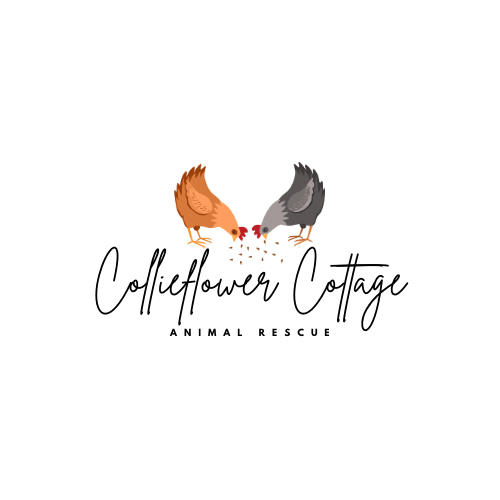

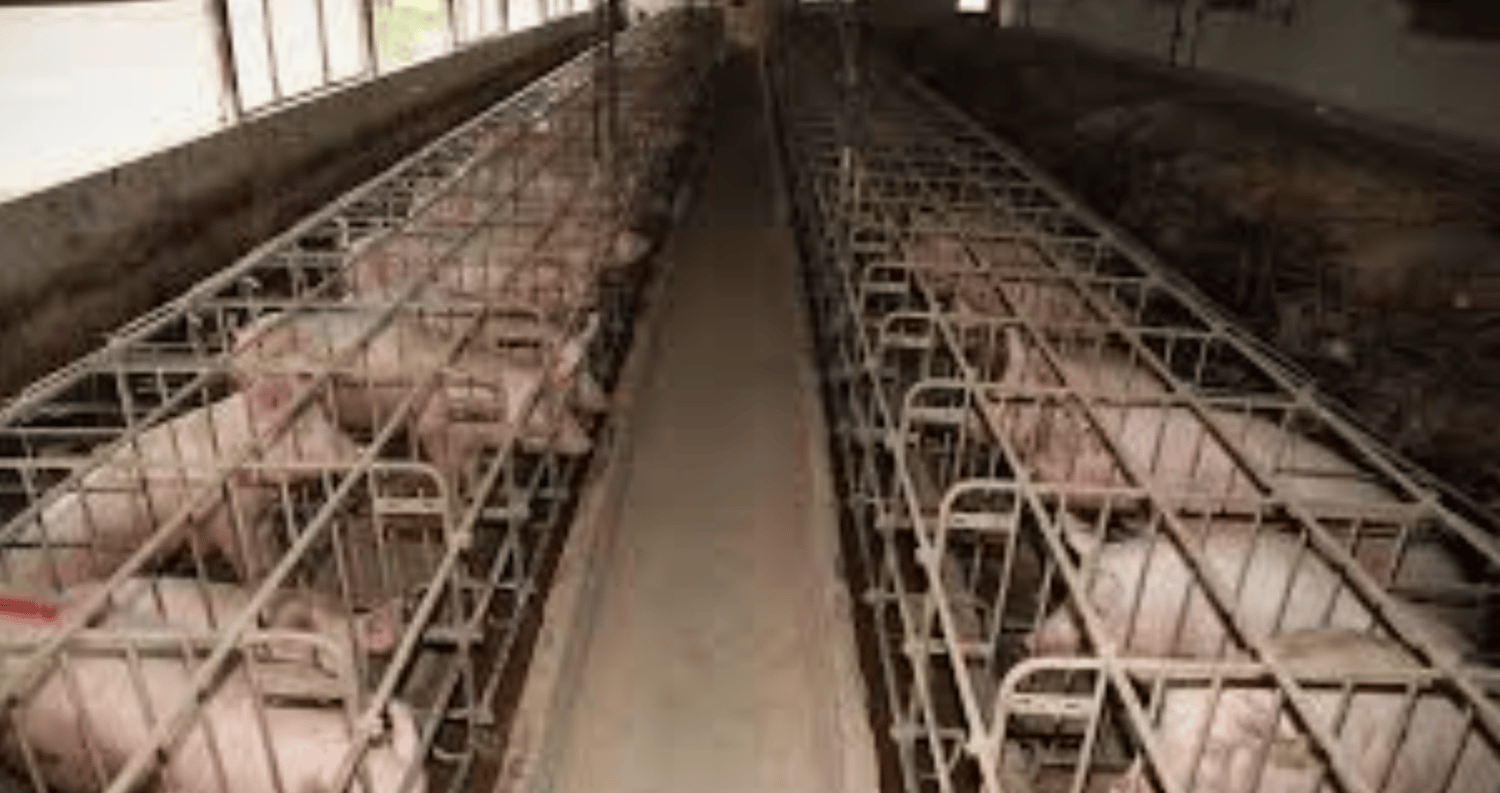
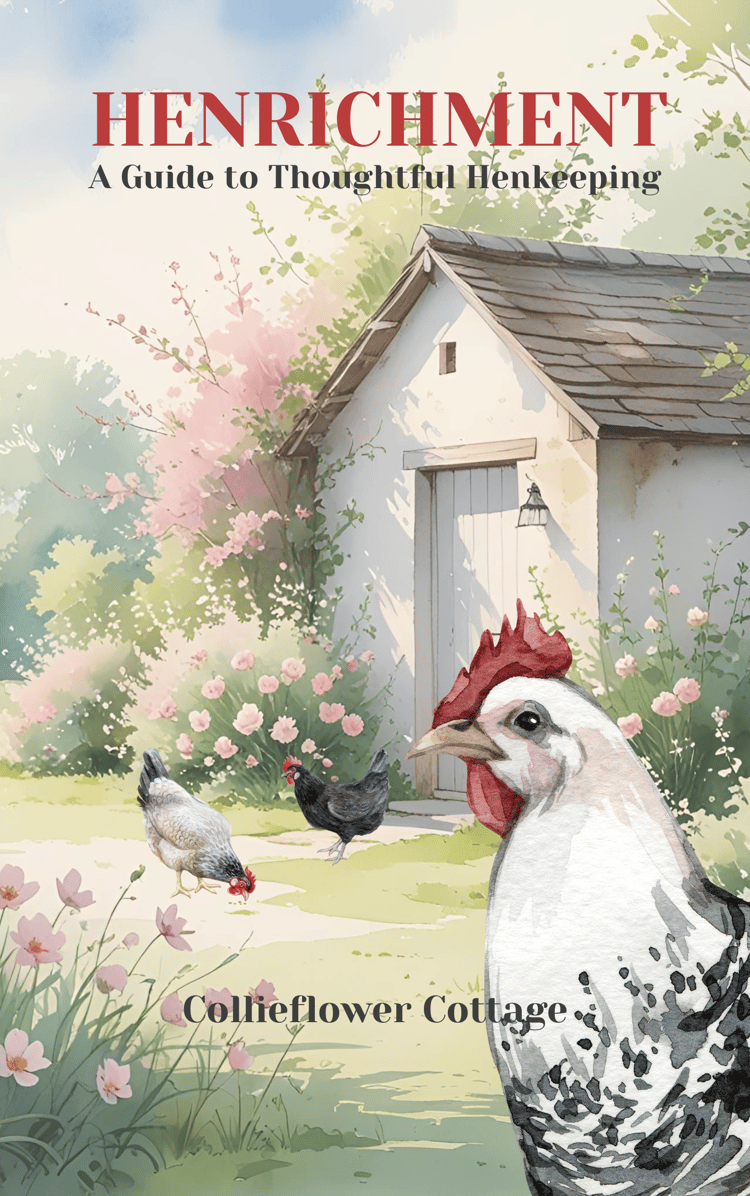
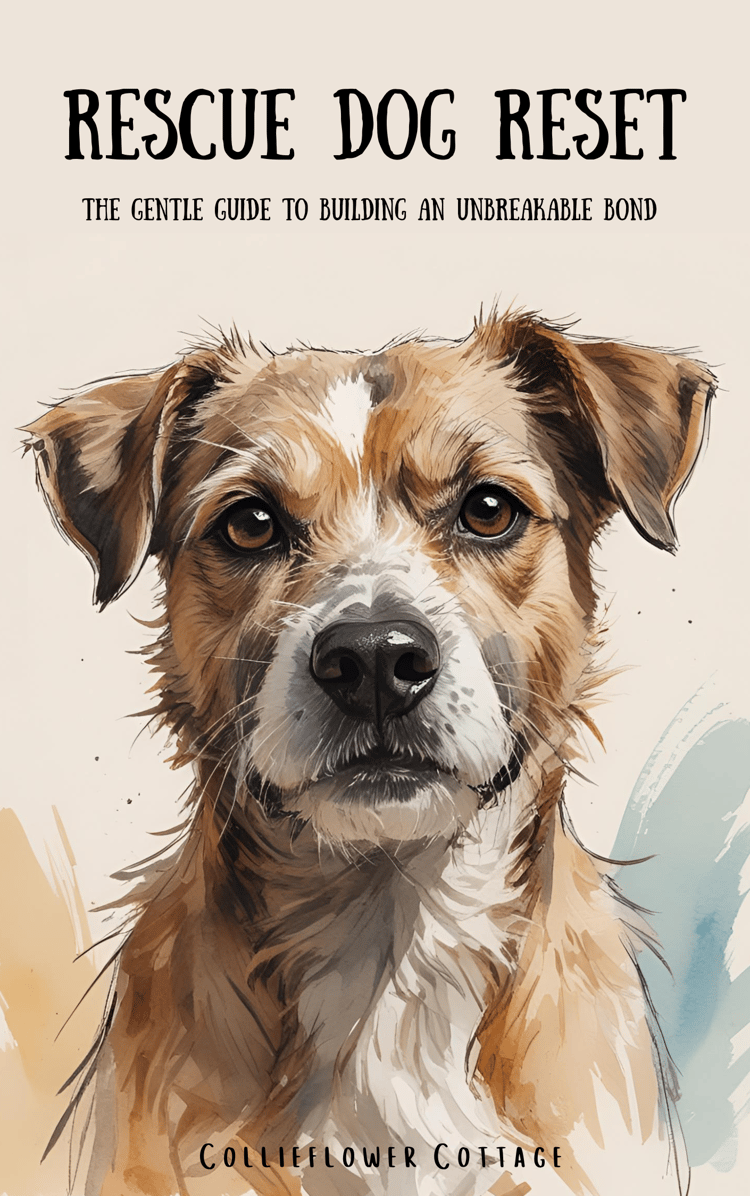

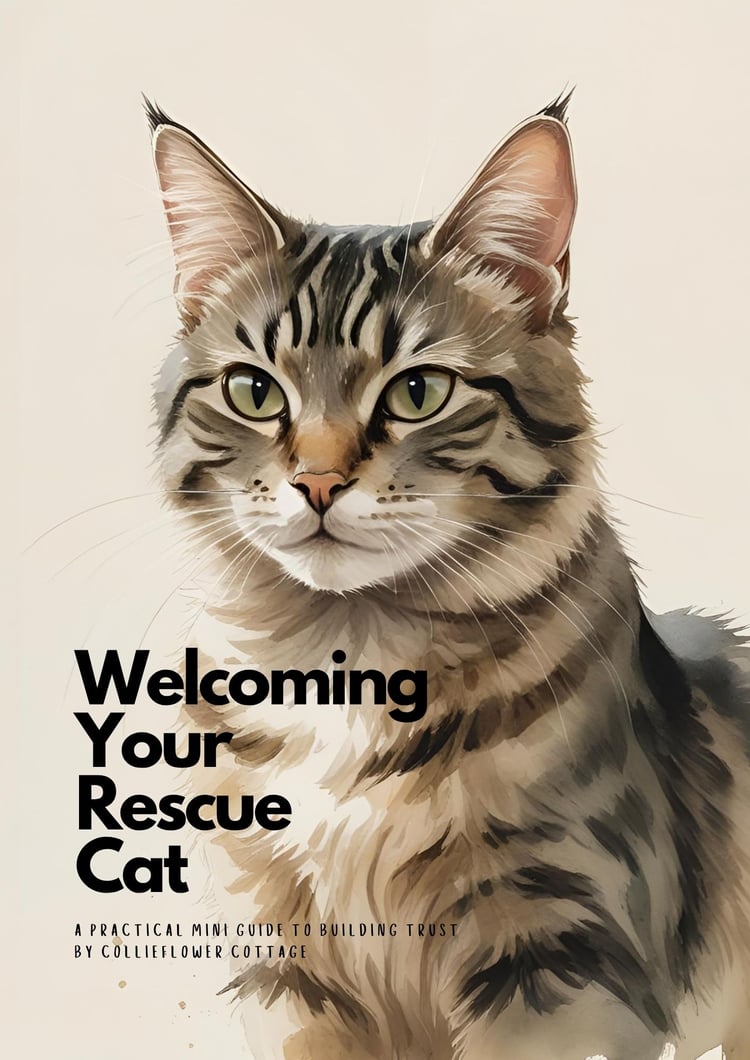
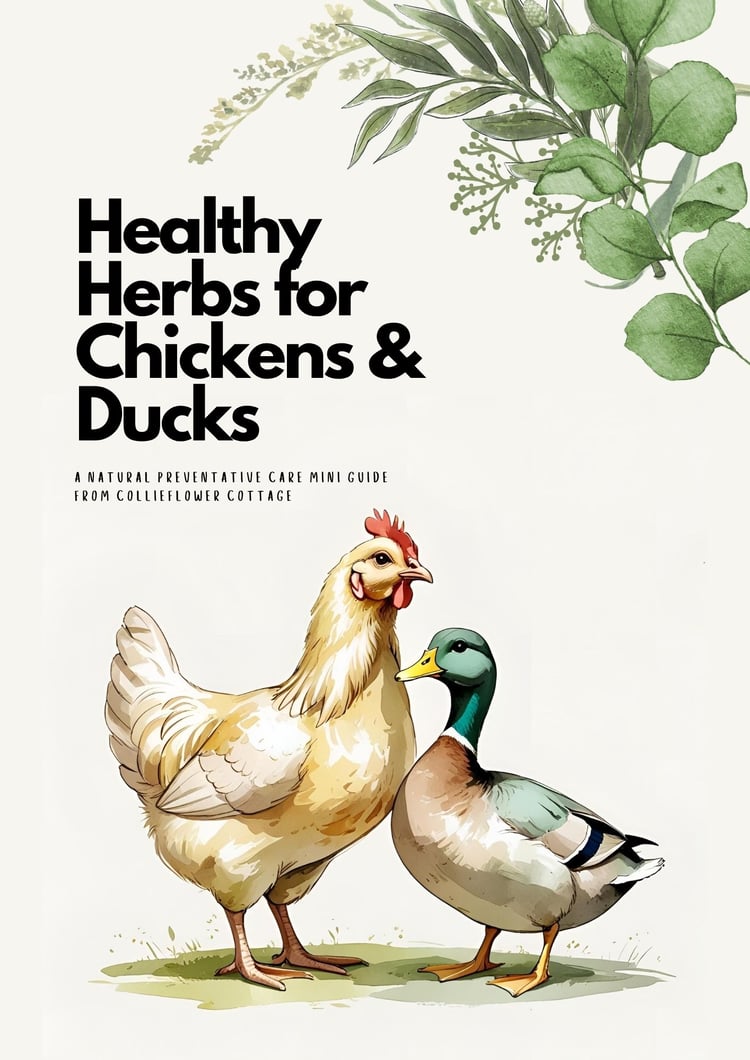

Comments ()